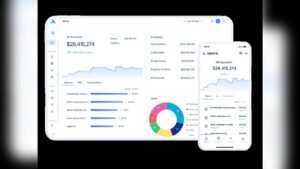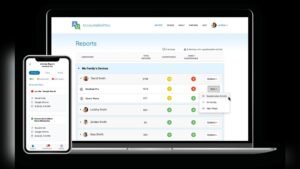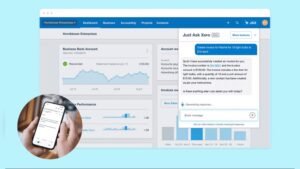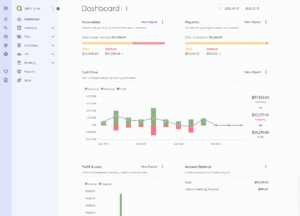Salesforce Lightning Email Templates offer many benefits. But they also have some limitations.
Understanding these limitations can help you make better decisions. Email templates in Salesforce are powerful tools for communication. They save time and ensure consistency in messaging. Yet, like any tool, they come with their own set of challenges. Knowing these limitations is crucial for maximizing their effectiveness.
In this blog post, we will explore the common issues users face. From customization restrictions to compatibility problems, we will cover it all. By the end, you will have a clear understanding of what to expect. Stay tuned to learn more about the limitations of Lightning Email Templates in Salesforce.
Introduction To Lightning Email Templates
Lightning Email Templates help users to create standard emails. These templates save time. They keep your emails consistent. Purpose and Benefits of these templates are clear.
Common Use Cases include regular updates, reminders, and promotions. Teams can use these templates to ensure uniform messaging. This helps in maintaining a professional image.
Customization Constraints
Lightning Email Templates offer basic design options. You can use simple layouts. Advanced design needs custom code. This limits creativity. No flexibility to move elements freely. Design choices can feel restricted. Templates follow strict guidelines.
Email templates in Lightning have limited personalization. Only basic fields can be merged. Dynamic content is hard to add. This makes emails less engaging. Users want tailored experiences. Personalization options are very basic. Advanced users may find this limiting.
Integration Issues
Lightning Email Templates may not work well with all tools. Some tools may not read the templates correctly. This can lead to errors. You may need extra steps to fix these errors.
Data may not sync perfectly. This can cause missing or old data. It can affect the accuracy of your email campaigns. Always check your data for errors.
User Interface Limitations
Lightning Email Templates in Salesforce have limitations. Customization options are limited, and dynamic content insertion can be challenging. Managing templates requires admin-level access.
Complexity For New Users
New users often find the interface complex. The design is not very user-friendly. It takes time to learn how to use it. Many steps are needed to create a template. This can confuse beginners. They might need extra training. This can be frustrating and time-consuming for them.
Lack Of Intuitive Navigation
The navigation is not intuitive. Users often struggle to find options. Menus and buttons are not clearly labeled. This can slow down the work process. Searching for features can be difficult. It can lead to errors and mistakes. Users might miss important features. This can reduce efficiency.
Performance Concerns
Lightning Email Templates in Salesforce face several limitations. They offer limited customization options and sometimes have issues with rendering across different email clients. This can affect the overall user experience and efficiency.
Slow Load Times
Lightning Email Templates can cause slow load times. This happens especially with large emails. Complex templates take longer to load. Users may get frustrated waiting for emails to appear. Such delays reduce productivity.
System Lag During High Traffic
High traffic can cause system lag. Many users working at the same time slow things down. The system struggles to keep up with the demand. This lag impacts the user experience. During peak hours, tasks take longer to complete.

Credit: www.salesforceben.com
Template Management Difficulties
Updating a template can be tricky. Changes might overwrite the old version. This can lead to confusion. Team members might use outdated templates. This affects communication quality.
Finding the right template can be hard. Many templates look similar. This wastes time. It also causes frustration. Proper labeling is necessary. But it is often neglected. This impacts workflow.
Security And Compliance
Email templates in Salesforce can expose sensitive data. This risk is higher if templates are not handled well. Access to these templates must be controlled. Unauthorized users might see personal details. This could lead to data leaks. Data privacy should be a priority.
Staying compliant with regulations is tough. Email templates need to follow strict rules. Sometimes, templates might not meet standards. This can cause legal issues. Non-compliance can result in fines. Regular checks are necessary. Templates must be updated often.

Credit: email.uplers.com
Best Practices For Mitigating Limitations
Many users find third-party tools helpful. These tools often offer more features. They help to create better email templates. Integrations with Salesforce are common. This makes the process easy. Third-party tools can provide better design options. They can also include advanced analytics. These features are not always available in Salesforce.
Regular updates are key. Salesforce often improves its tools. Keeping up with updates helps users. This can reduce limitations. Training sessions are also important. They help users learn new features. Training can make users more efficient. It ensures users know the best practices. This can lead to better use of email templates.
Future Prospects And Improvements
Salesforce’s Lightning Email Templates have limitations, such as lack of advanced customization and restricted dynamic content. Future improvements should focus on enhancing flexibility and user control.
Upcoming Features
Salesforce is working on new features. These will make email templates better. They are adding more customization options. Users will have more control. This will help create unique templates. Salesforce plans to make editing easier too. This will save time for users. There are also plans to add better integration. This will connect templates with other tools.
Community Feedback And Requests
The community has given a lot of feedback. Users want more template options. They asked for better design tools. Many users requested easier ways to share templates. Salesforce listens to these requests. They want to improve the user experience. They are working on changes based on this feedback. This helps meet the needs of users. Continuous updates will make templates more user-friendly.
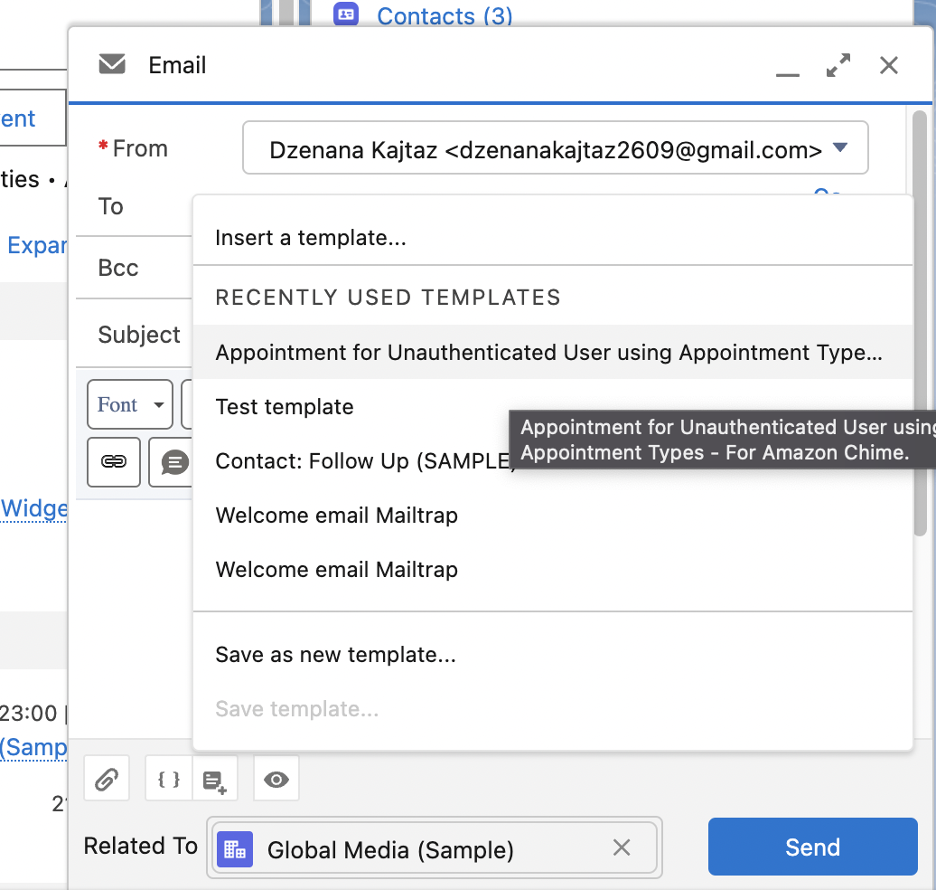
Credit: mailtrap.io
Frequently Asked Questions
What Is The Difference Between Classic And Lightning Email Templates In Salesforce?
Classic templates are text-based and simple. Lightning templates offer drag-and-drop features, responsive design, and dynamic content.
Can Lightning Email Templates Be Used In Flows?
Yes, lightning email templates can be used in flows. They enhance communication and streamline processes within Salesforce.
What Is The Limitation Of Email In Salesforce?
Salesforce has email limits like daily send limits, attachment size limits, and storage limits. Users can send 5,000 emails per day. Attachments can’t exceed 25 MB.
What Are The Different Types Of Email Templates That Can Be Created In Salesforce?
Salesforce allows the creation of four types of email templates: Text, HTML with Letterhead, Custom HTML, and Visualforce.
Conclusion
Lightning Email Templates in Salesforce offer many benefits. Yet, they have limitations. Users face issues like lack of flexibility. Customization options are limited. Technical support may be necessary. These factors can affect productivity. Understanding these limitations helps in better planning.
Choose wisely to meet your needs.

